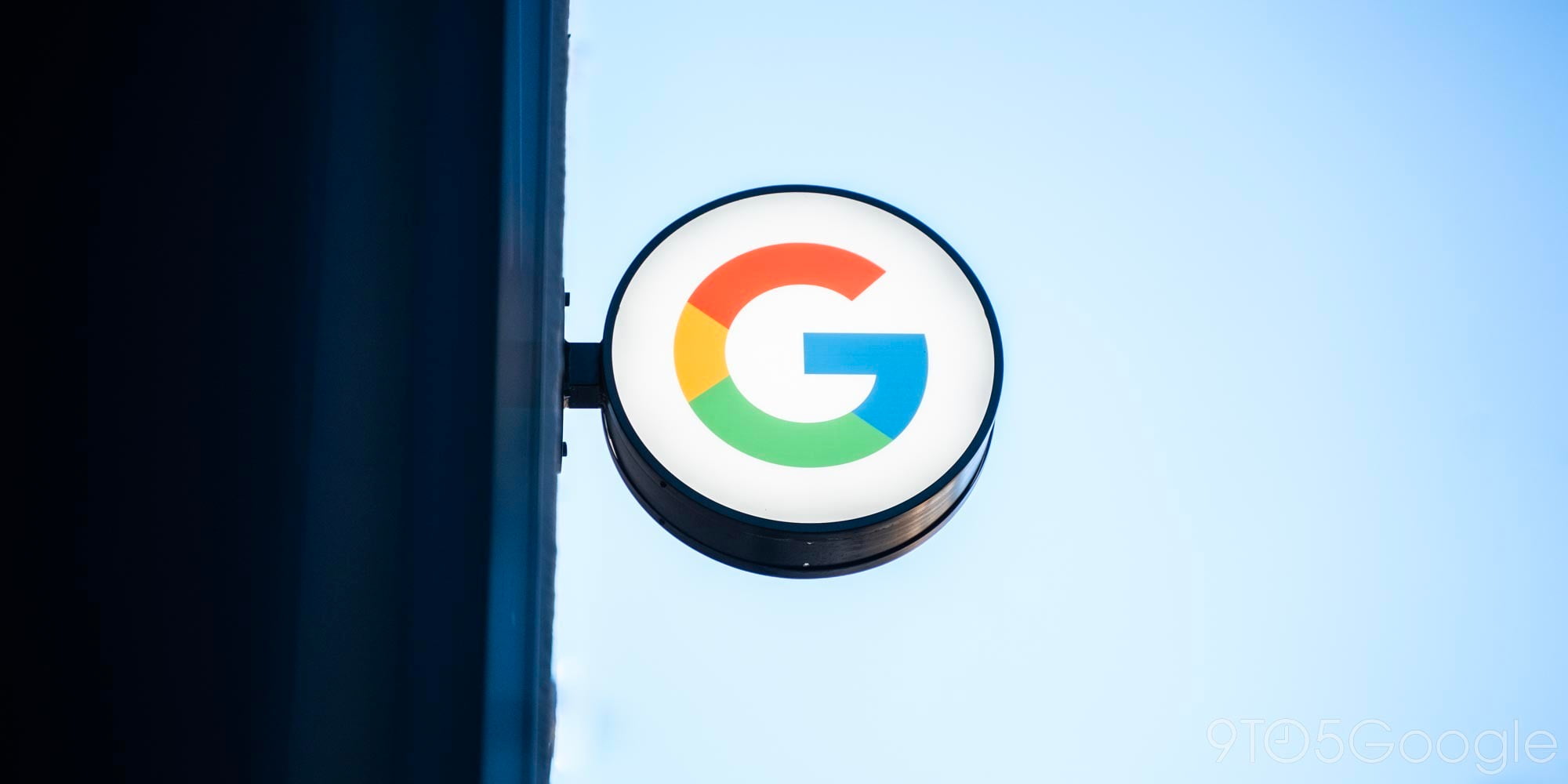
One of the more interesting products released in 2012 is the $500 Samsung Galaxy Camera— a little combination of an Android smartphone and a high-end point-and-shoot camera with a 21X optical zoom.
Samsung isn’t the first one on the scene with an Android point and shoot. That award goes to Nikon with its $350 Coolpix S800c, and technically Polaroid, too. However, with Samsung’s leadership role in smartphones, as well as a strong point-and-shoot camera business, this one is the most anticipated with knock-your-sock-off specs.
But, how does this translate to real world?
First, it is important to point out that this isn’t a phone. Technically, you can make calls on it using a VoIP app over its HSPA+ network connection or speedy Wi-Fi radios, but that’s not its intended usage. Instead, this is a purpose-built “App and Network” enabled-camera that affords you (almost) all the advantages of a smartphone but with a high-end lens and camera internals.
Pulling this out of the box, the first thing you’ll notice is that it is huge. Instead of keeping a point and shoot’s smaller 3-inch display, Samsung went whole hog and threw an almost 5-inch display on here that uses up almost the entire back of the device.
The display is phenomenal —typical of a high-end Samsung smartphone— and really lets you see what you are getting both from a video and still perspective: great color, very bright, great angles as good as—if not even better than— any Galaxy S3 smartphone. But, still, it makes the Galaxy Camera huge, and that’s a problem. At 10.8 ounces, this weight is two to three times what a typical smartphone weighs.
This phone isn’t really pocketable which kind of puts it out of the realm of a point and shoot. I’m someone who has no problem carrying around a Droid DNA or a Galaxy Note, but this thing is just too thick. That’s unfortunate, because “they” say the best phone is the one you are carrying…and making it this big means people won’t be carrying it nearly as often as if it had made a thinner, smaller, lighter version.
The camera is a 16-megapixel shooter with a monster 21x optical zoom and 22mm wide angle. No smartphone camera even comes close to these specs, obviously. Even more incredible, you can take 120fps video for slow motion. There are even audio commands you can give the camera, like “zoom in/out” and “snap”, which make photographing yourself easy.
These are great gimmicks, but how does the camera actually do at shooting pictures? In my few weeks with the camera, I found the camera shots were good, often great, but not as fantastic as I’d hoped. The shutter lagged more like a smartphone and less like a high-end point and shoot.
Samsung offers you three main settings: Auto, Smart mode, and Expert. I found myself in Smart mode about 80 percent of the time—and this is an area where Android and the huge screen shine. You see exactly what kind of shot you are looking for and can even pre-add some Instagram-y effects. Auto mode takes the light around what the subject matter looks like and guesses what settings you want, while Expert mode let’s you manually punch in all the settings in a nice DSLR-metaphor interface. I usually found that Auto pictures were soft and bland, and it was too hard for me, a relative novice, to get the kind of settings I was after in Expert mode.
The bottom-line on photo quality from an amateur: Way better than a smartphone, but probably not the top-end of the point and shoot, and, for pictures alone, you could probably get an older pro-sumer camera for less that will get better shots.
As far as Android is concerned, this has a special camera-focused TouchWiz overlay that doesn’t hurt as much as the typical Samsung overlay. I found the Galaxy Camera responsive and full of nice touches thanks to its quad-core 1.7Ghz processor. For instance, when you aren’t in camera mode, the physical zoom sliders become volume buttons. Android 4.1 Jelly Bean has all the features you’ll find in the smartphone version including Google Now and access to thousands of apps.
Bucking the trend of late, the Galaxy Camera has 8GB of internal storage but can take a 64GB Micro-SD card. As far as battery is concerned, I got a lot of use out of its 1650 mAh battery. But, to be honest, that is a bit small for a device this big. Going forward, I hope Samsung decides to offer a larger battery option.
Wrap up: This is a game changer of a device from Samsung, and it shows promise all over. Is it perfect? No, but it is incredibly well executed for a first-time product. I hope, going forward, Samsung prioritizes making it smaller, even at the expense of the display size, so that it fits in more pockets.
Would I recommend this camera? Yes! It is truly better than the sum of its parts, which are an Android smartphone and a point-and-shoot camera. I predict that in 5 years, not having Android software in your camera will be more surprising than having it. As for now, this is the best mashup of a camera and smartphone on the market. And, for $500, you could do much worse.
Samsung Galaxy Camera at Amazon, AT&T, and Verizon LTE soon.
Related articles
 AT&T to offer Samsung’s Galaxy Camera for $500 starting Nov. 16(9to5google.com)
AT&T to offer Samsung’s Galaxy Camera for $500 starting Nov. 16(9to5google.com)

FTC: We use income earning auto affiliate links. More.




Comments